After 40 years in craft, French textile artist Simone Pheulpin is finally making her point
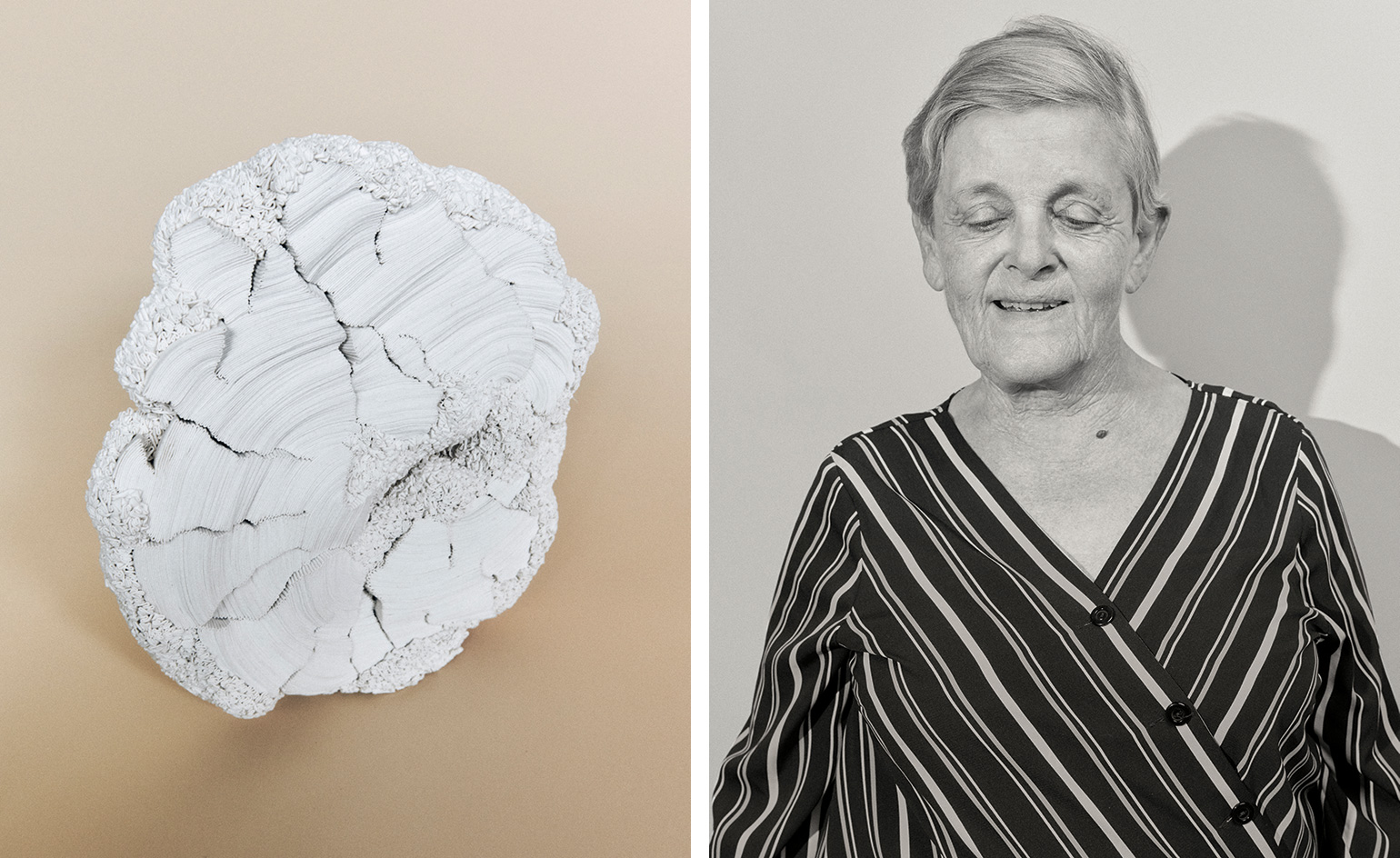
A large sculpture dominates the living room of Simone Pheulpin’s modest apartment west of Paris. It is laid out on a table, its surface a riot of shapes and textures. It boggles the mind that the entire thing – part of a pair commissioned by clients for their new home in the Hamptons – is made of cotton and pins. Pheulpin put over four months of patient handiwork into sculpting them, a real challenge despite 40 years of experience in her craft. ‘Now I see I was capable of doing it,’ she says, ‘and I can’t believe it.’
At age 77, Pheulpin is finally having her moment. This year she is exhibiting in both France and the UK, has won the Grand Prix de la Création de la Ville de Paris and received a special mention at the Loewe Craft Prize. As Loewe’s creative director Jonathan Anderson says, ‘Simone transforms humble materials into incredible sculptures. Her work is not something you come across every day, it is a true source of inspiration.’ Major museums are also taking note: both the Art Institute of Chicago and London’s V&A Museum have bought some of her works for their permanent holdings.
Antonia Boström, the V&A’s director of collections, became aware of Pheulpin’s sculptures about a year ago. ‘When you first see the work, you think it’s ceramic or clay that’s been cut,’ she says. ‘Then, when you understand what it’s really made of, it’s amazing. It adds to the extraordinary wonder of the object.’
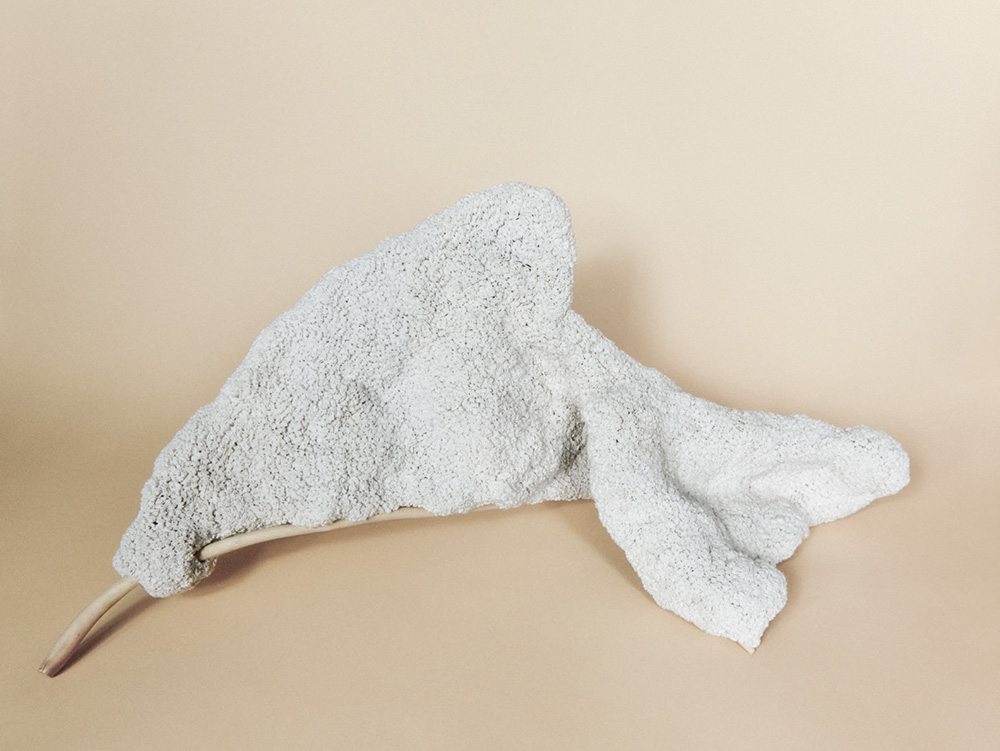
Entitled Epiphyte (from the botanical term for a plant that grows on another plant), this artwork mixes wood and cotton from Pheulpin’s native Vosges region
Pheulpin’s character is equally surprising – a petite grandmother of five with a pleasant, matter-of-fact demeanour and sly flashes of humour. Born in 1941, she grew up in the Vosges region. Her home town produced cotton for automobile tyres; as a child she played in the mills among the fabric. At 17, she was turned down to study at Nancy’s École des Beaux-Arts, so she took evening classes, married, had children, worked as a medical secretary and taught tennis. In her leisure time she sewed colourful fabric panels for her children’s rooms. One day she put the colourful fabric aside and picked up the raw cotton lining that gave it structure.
‘I remember the first piece I did. I put little circles in a box. But why I did that I don’t know,’ she says. She was 35 years old. In the years since, she has perfected her technique, always using raw cotton in the same off-white shade. There are no preparatory sketches: once her hands get started, it’s the material that guides her. Repeating the same folding and pinning gestures, she produces a startling variety of shapes from the natural world: swirls like sheep wool, concentric circles like cross sections of trees, fault lines. It took her ten years to figure out how to craft a hole; these days her goal is to recreate the cracked earth of the desert.
RELATED STORY

Pheulpin works at a small table in her flat or her family home in the Vosges. She is on her third thimble, having pierced two by pushing on millions of pins. She once asked a pin manufacturer for sponsorship, but it declined, saying that the pins were not visible in her work. Shortly afterwards, she was having her ankle X-rayed and thought of doing the same to a sculpture. The result was stunning, its exposed skeleton a prickly, swirling ballet. Now she regularly gets smaller works scanned, and the pin maker has become a sponsor.
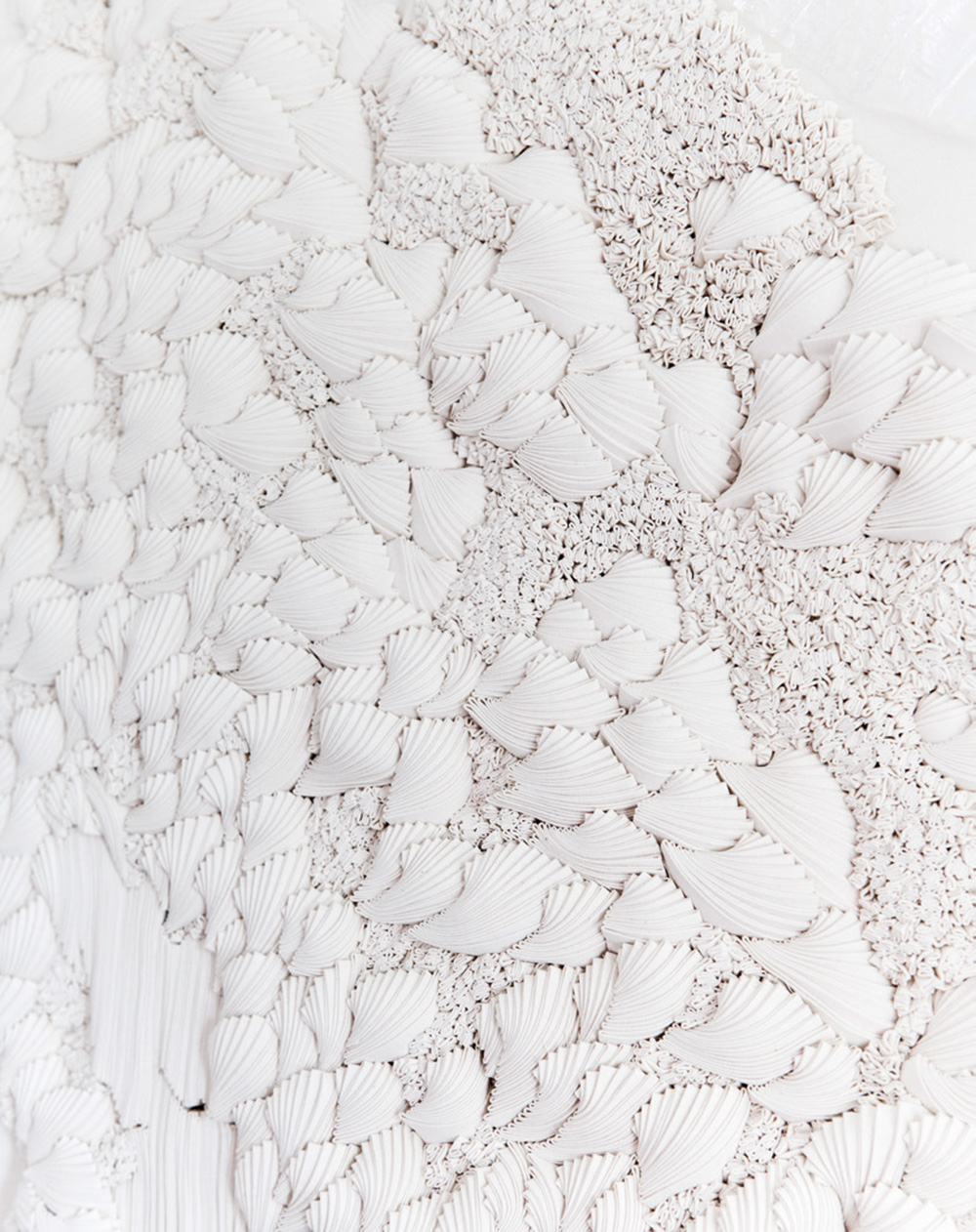
Detail of Pheulpin’s Bouillonement, a wall panel inspired by ocean foam, seashells and coral
One of Pheulpin’s biggest pieces required 5kg of pins, 3kg of fabric and nine months of effort. It belongs to Galila Barzilaï-Hollander, who owns four of Pheulpin’s sculptures. ‘She reflects herself in her work,’ the art collector says. ‘It’s very Zen, quiet, meditative, humble.’
For a long time, Pheulpin’s career was also quiet, notably in France, where textiles have only recently been considered a ‘noble’ art form. Pheulpin says, ‘People would see my work and say: “It’s beautiful. Oh… it’s fabric?” And suddenly it wasn’t so beautiful anymore.’ Things changed after she met Florence Guillier Bernard of itinerant gallery Maison Parisienne, who has represented her since 2008. Now, Pheulpin’s problem is that she works nearly every day, and still struggles to keep up with demand. When other artists ask where she stores her unsold works, ‘I don’t dare tell them I don’t have any’, she says with a sheepish laugh.
As originally featured in the September 2018 issue of Wallpaper* (W*234)
INFORMATION
For more information, visit Simone Pheulpin’s website
Wallpaper* Newsletter
Receive our daily digest of inspiration, escapism and design stories from around the world direct to your inbox.
-
 Naoto Fukasawa sparks children’s imaginations with play sculptures
Naoto Fukasawa sparks children’s imaginations with play sculpturesThe Japanese designer creates an intuitive series of bold play sculptures, designed to spark children’s desire to play without thinking
By Danielle Demetriou
-
 Japan in Milan! See the highlights of Japanese design at Milan Design Week 2025
Japan in Milan! See the highlights of Japanese design at Milan Design Week 2025At Milan Design Week 2025 Japanese craftsmanship was a front runner with an array of projects in the spotlight. Here are some of our highlights
By Danielle Demetriou
-
 Tour the best contemporary tea houses around the world
Tour the best contemporary tea houses around the worldCelebrate the world’s most unique tea houses, from Melbourne to Stockholm, with a new book by Wallpaper’s Léa Teuscher
By Léa Teuscher
-
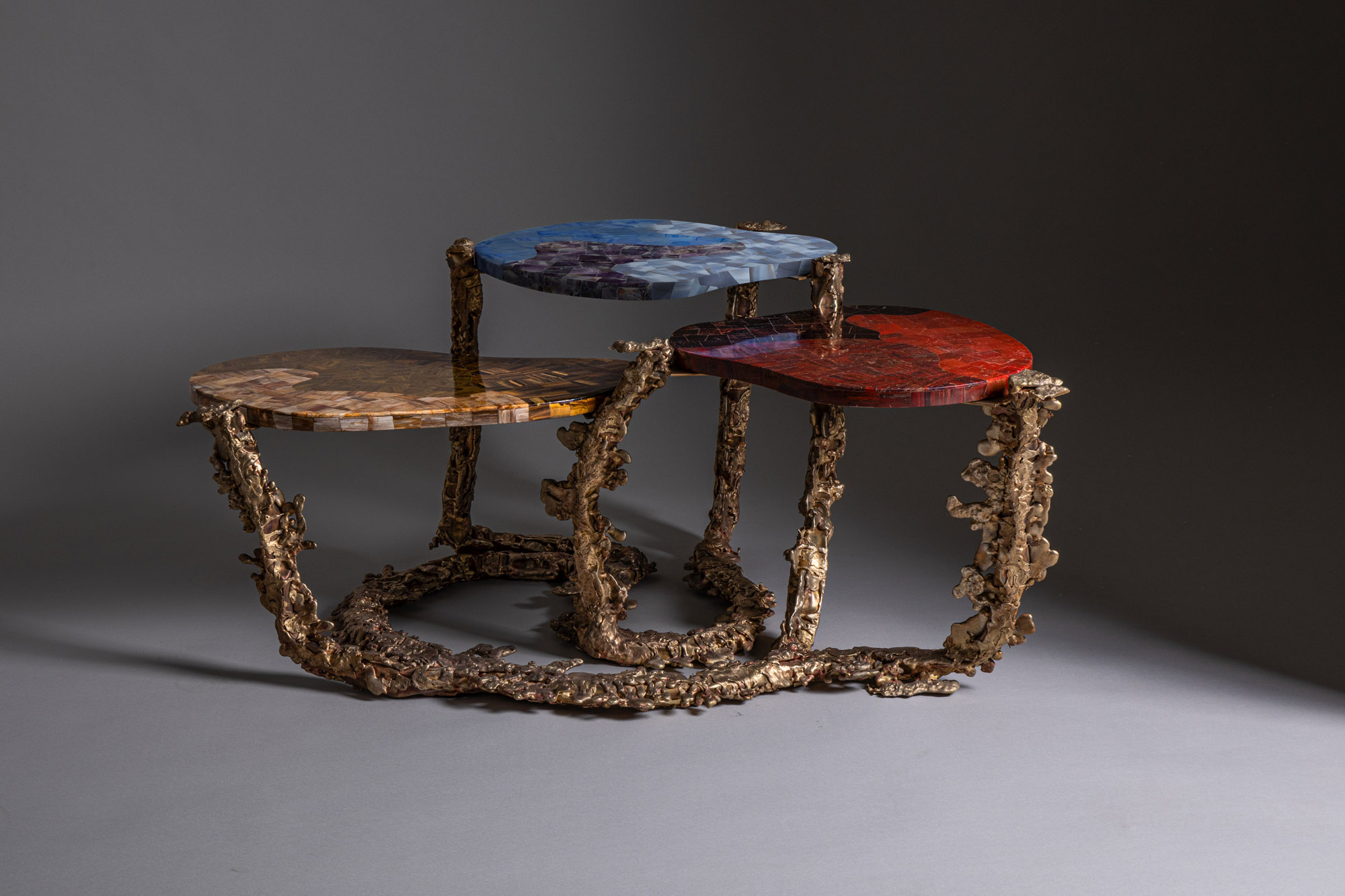 Inside the Shakti Design Residency, taking Indian craftsmanship to Alcova 2025
Inside the Shakti Design Residency, taking Indian craftsmanship to Alcova 2025The new initiative pairs emerging talents with some of India’s most prestigious ateliers, resulting in intricately crafted designs, as seen at Alcova 2025 in Milan
By Henrietta Thompson
-
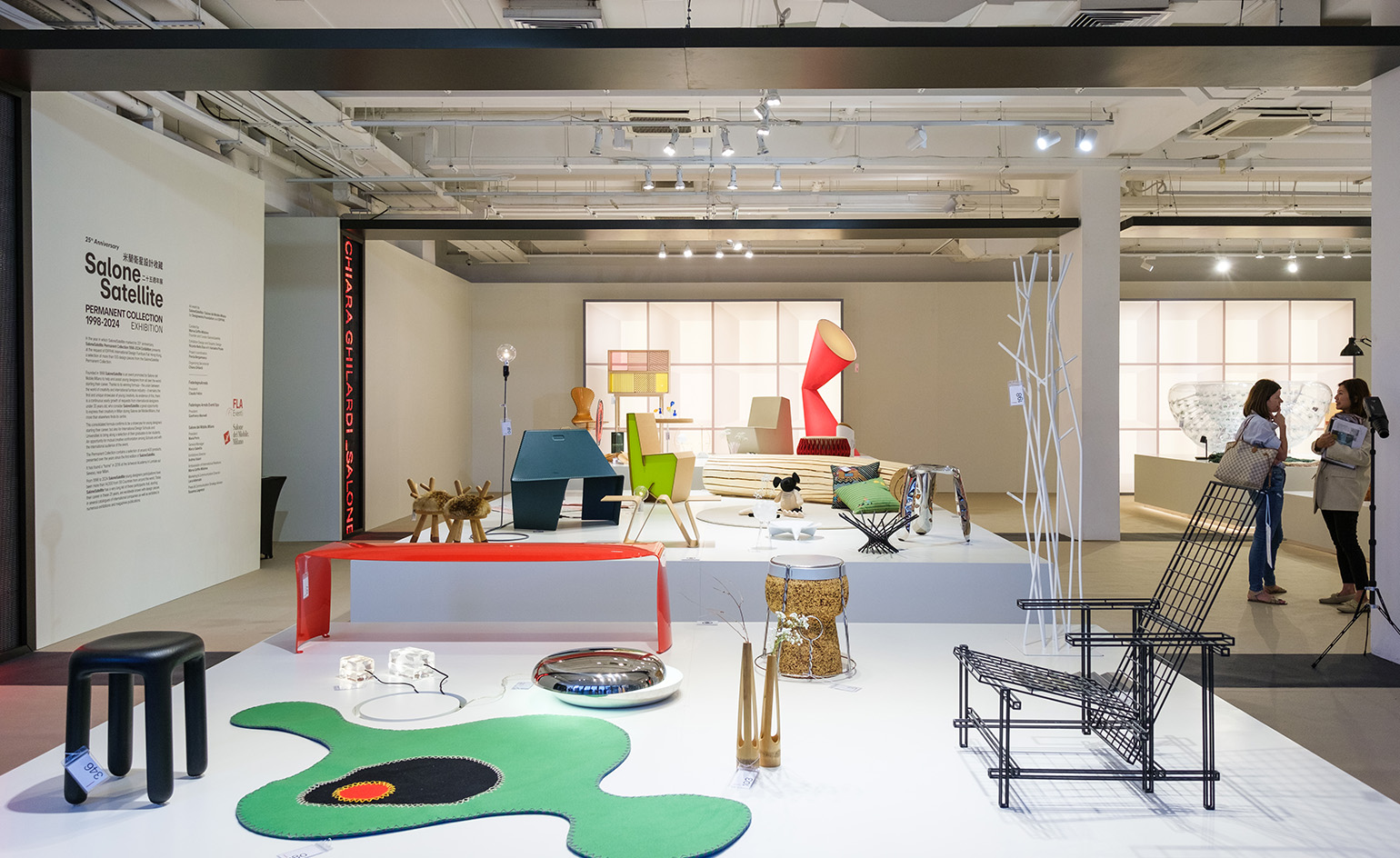 SaloneSatellite celebrates craft across continents at Milan Design Week
SaloneSatellite celebrates craft across continents at Milan Design WeekThe annual showcase for under 35s, SaloneSatellite, reveals how traditional craft can influence design for today and tomorrow
By Ifeoluwa Adedeji
-
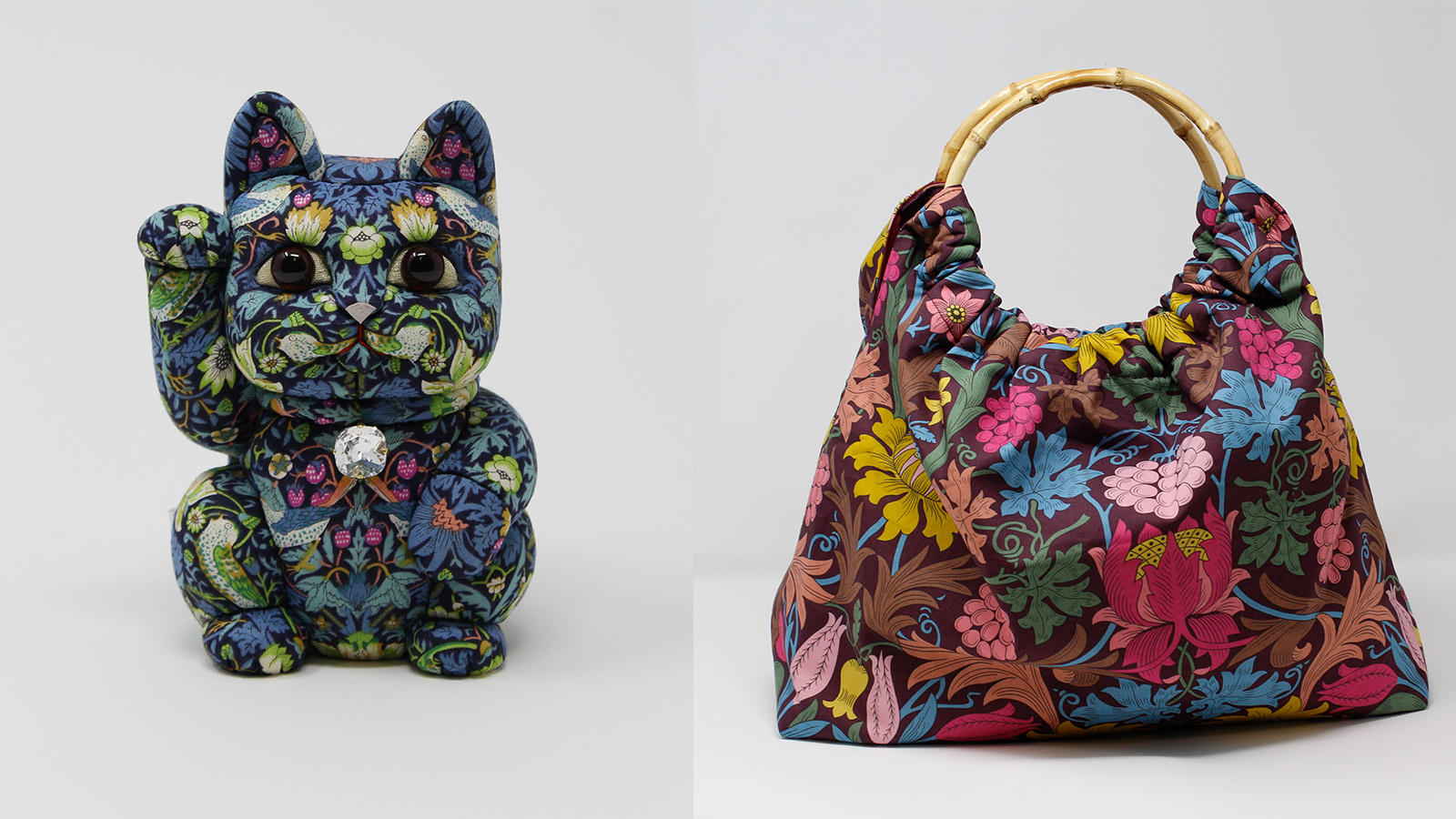 William Morris mania meets the design industry’s darker side in a new London show
William Morris mania meets the design industry’s darker side in a new London show‘Morris Mania’ at the William Morris Gallery explores the British designer’s complicated legacy in an ever-more commodified world
By Tianna Williams
-
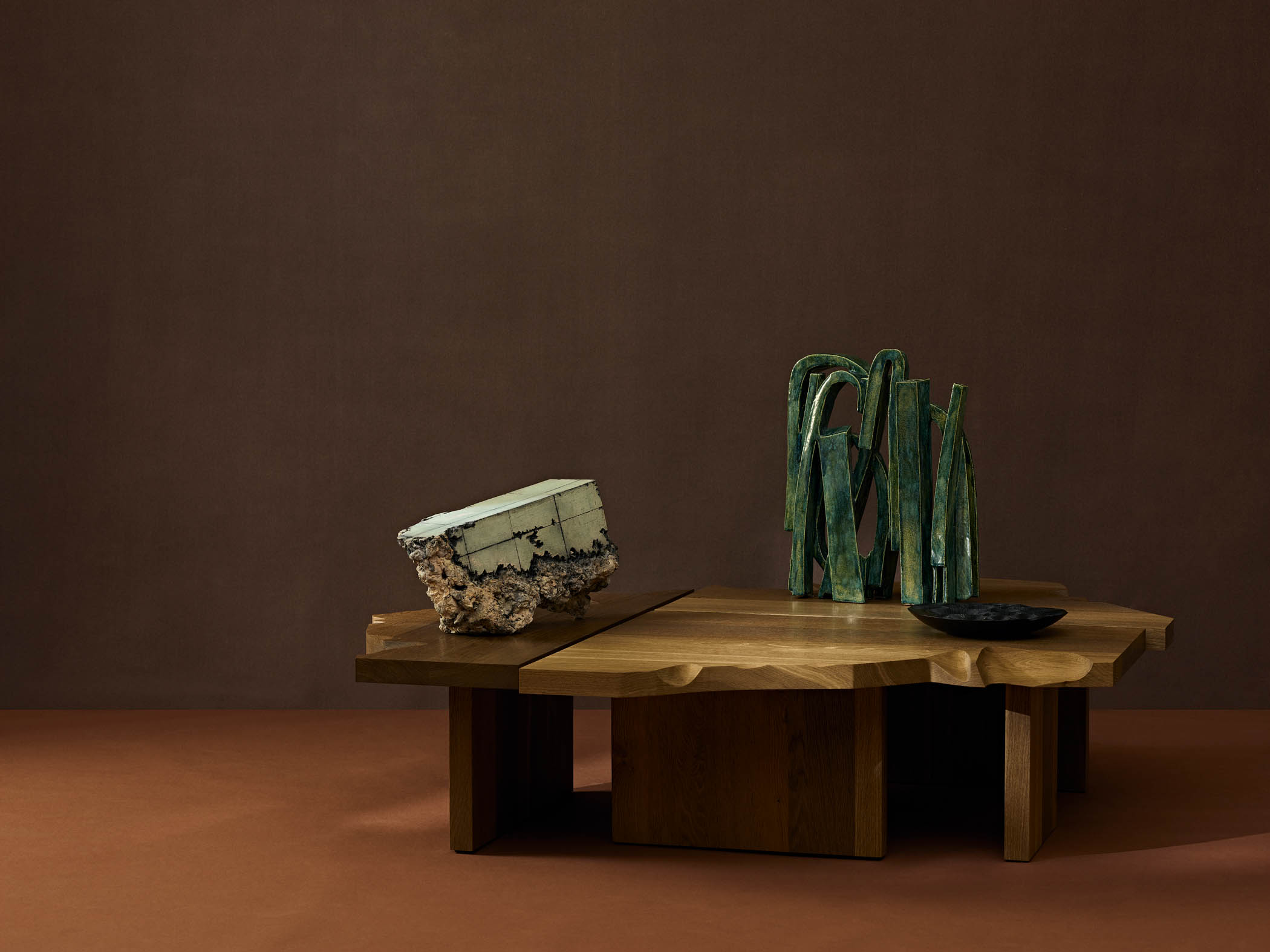 'It’s indisputable that craft has enormous value socially, culturally, economically': interrogating the case for craft in contemporary life
'It’s indisputable that craft has enormous value socially, culturally, economically': interrogating the case for craft in contemporary lifeAhead of next week's 21st edition of Collect, the world's leading fair for collectible craft, we sit down with Natalie Melton, executive director of the Crafts Council, to talk about making a living from making
By Hugo Macdonald
-
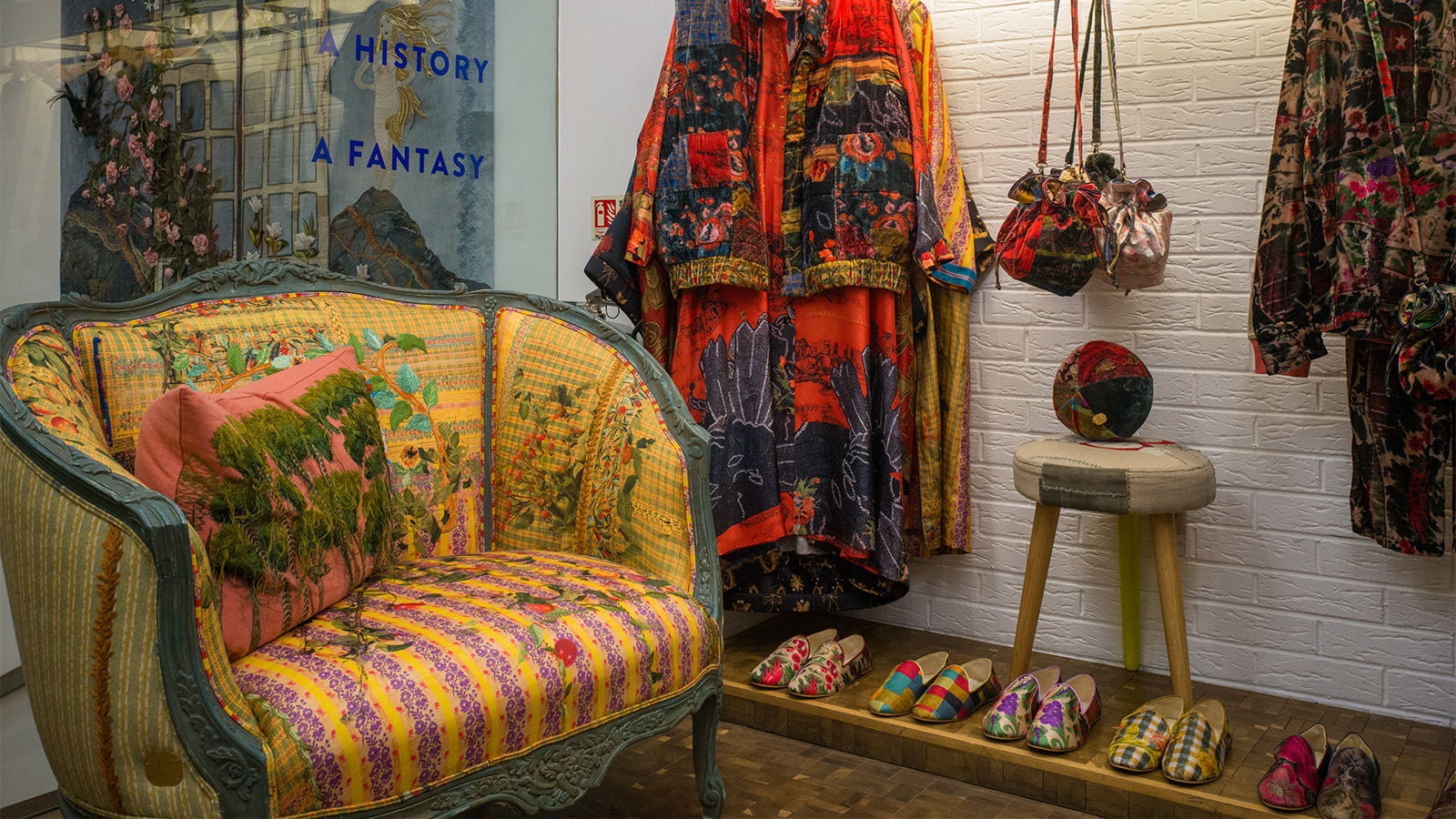 This Beirut design collective threads untold stories into upholstered antique furniture
This Beirut design collective threads untold stories into upholstered antique furnitureBeirut-based Bokja opens a Notting Hill pop-up that's a temple to textiles, from upholstered furniture to embroidered cushions crafted by artisans (until 25 March 2025)
By Tianna Williams
-
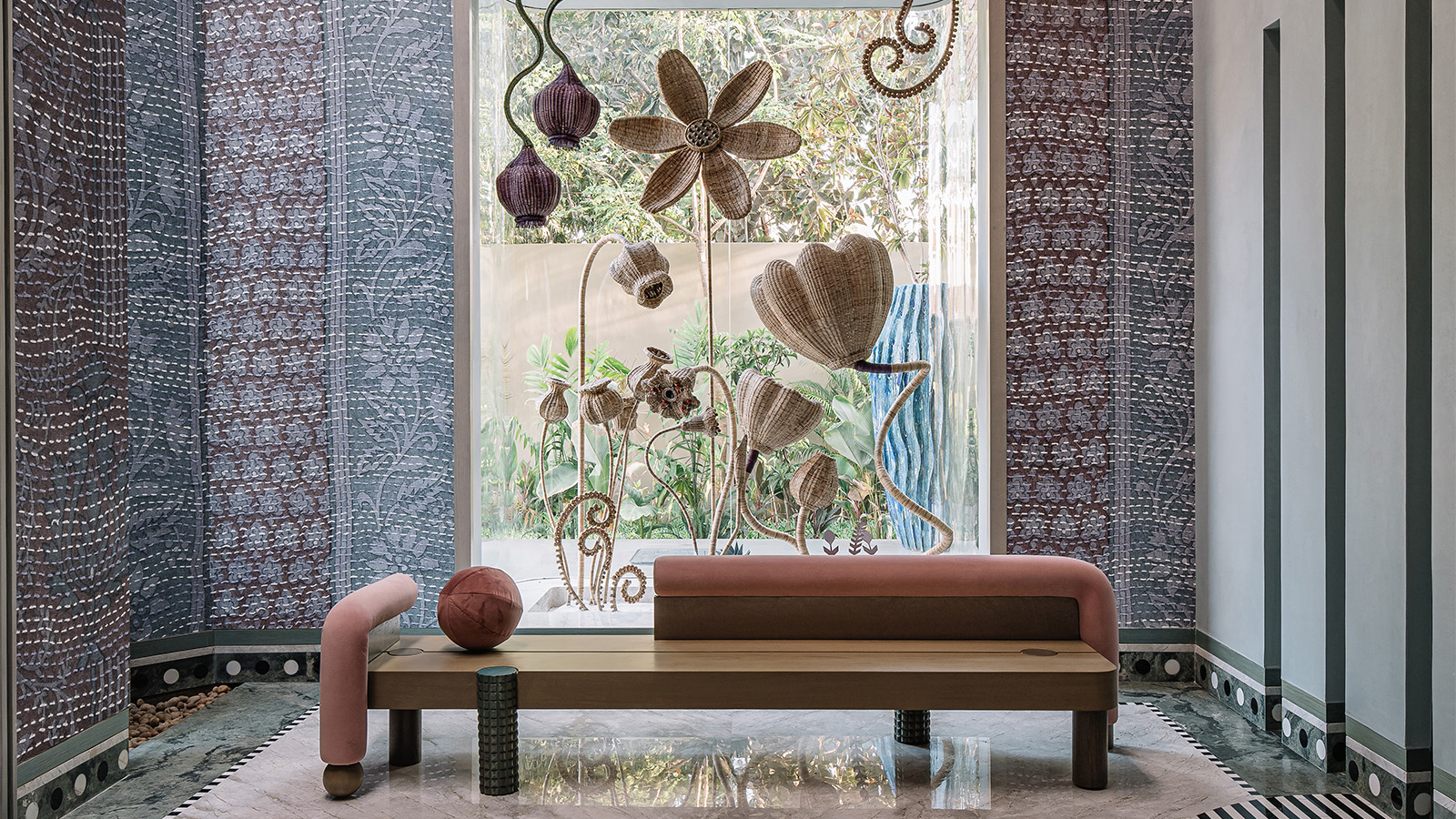 This ethereal Chennai home is a celebration of Indian craft and culture
This ethereal Chennai home is a celebration of Indian craft and cultureDesigned by Multitude of Sins, this Chennai home is an artisanal trove of rich texture and secret garden-like design. Wallpaper* speaks with design principal Smita Thomas on crafting the space
By Tianna Williams
-
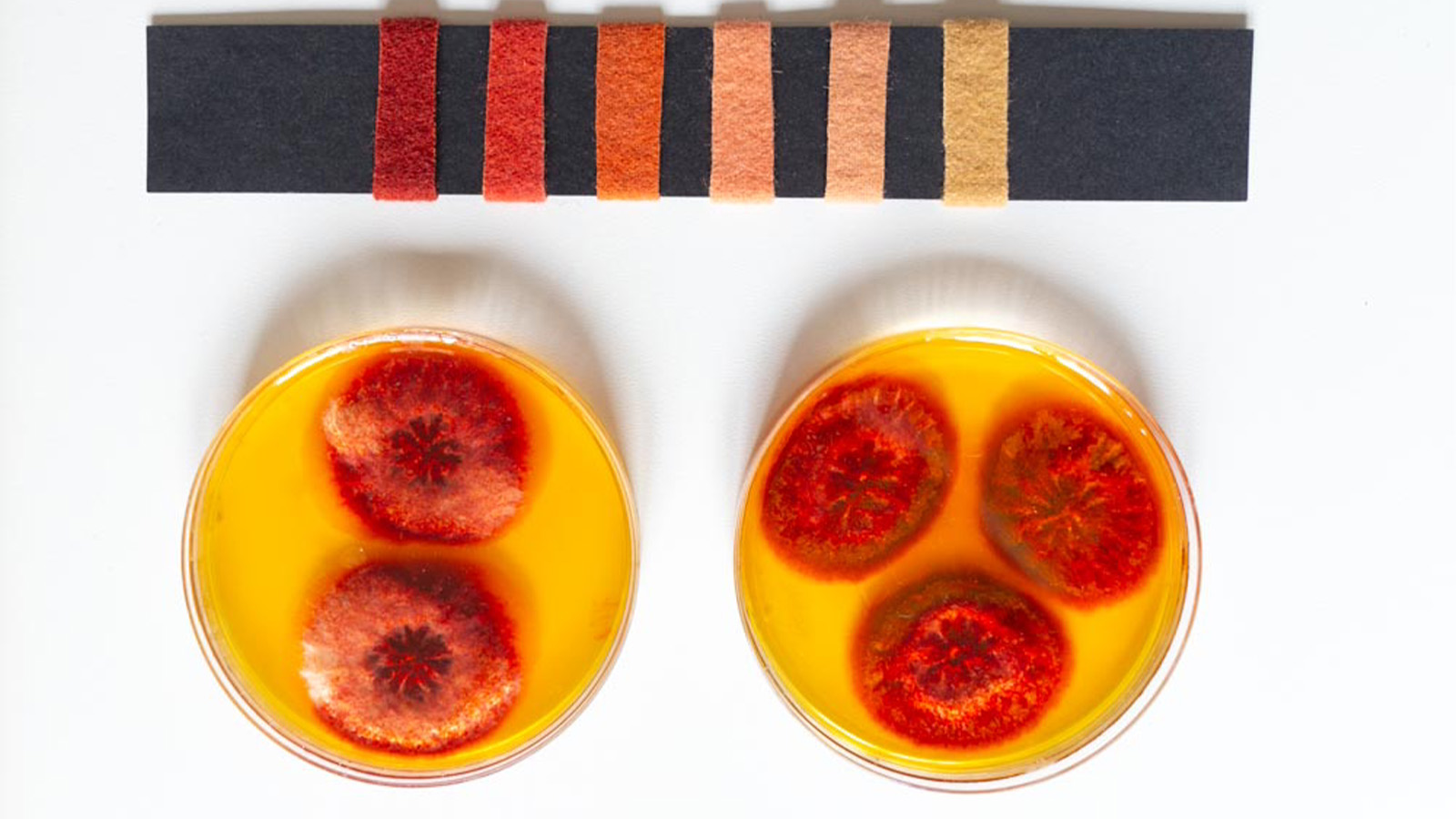 15 highlights from Heimtextil: spot the textile trends for 2025
15 highlights from Heimtextil: spot the textile trends for 2025We were at textile trade fair Heimtextil 2025 in Frankfurt last week – here are the trendsetters and names to know among innovative launches, from health-boosting lava fabric to sheets made of milk
By Cristina Kiran Piotti
-
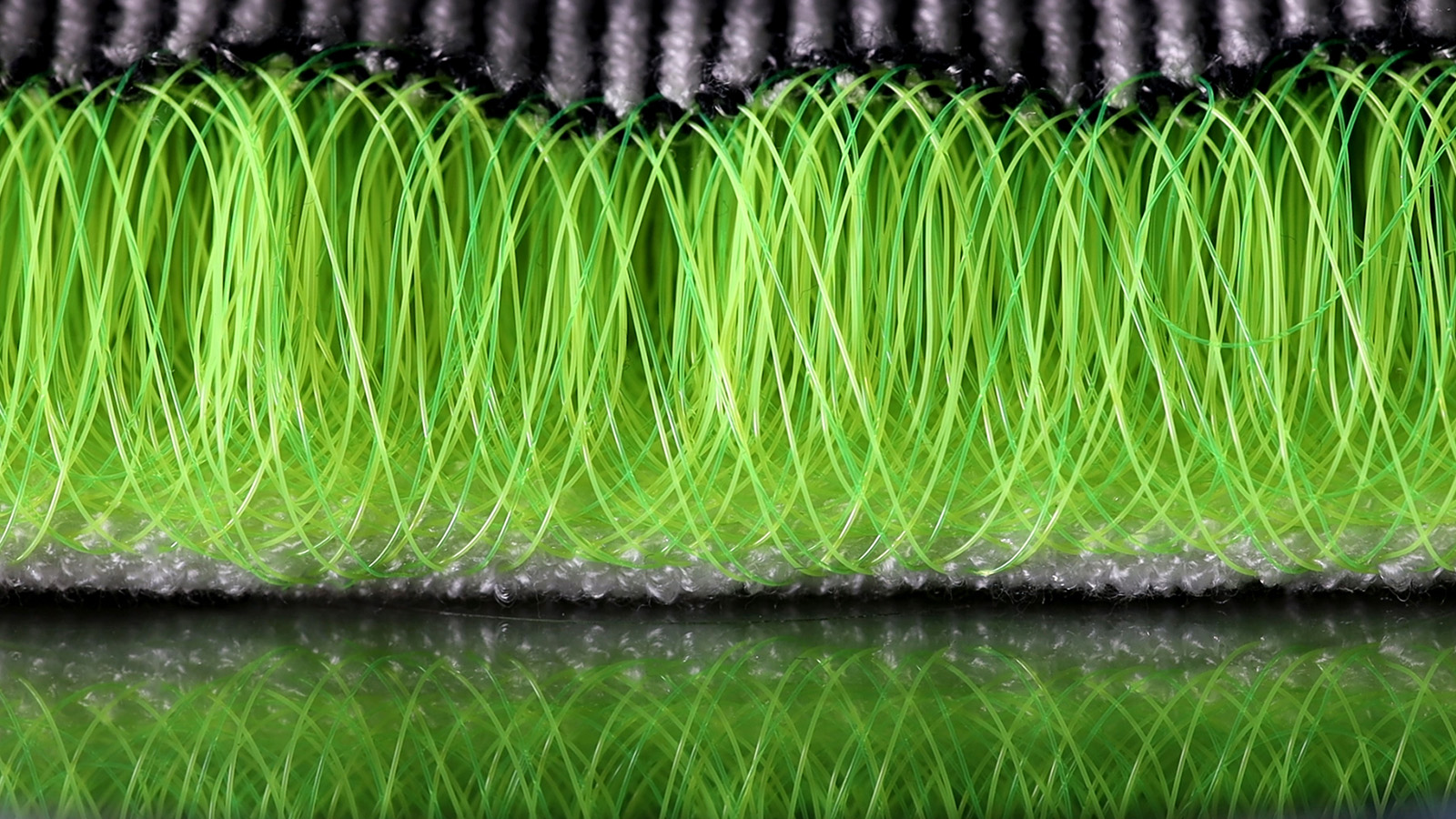 Is Emeco's 'No Foam KNIT' a sustainable answer to synthetic upholstery textiles?
Is Emeco's 'No Foam KNIT' a sustainable answer to synthetic upholstery textiles?'Make more with less' is Emeco's guiding light. Now, the US furniture maker's new mono-material textile, the 'No Foam KNIT', may offer a sustainable solution to upholstery materials
By Ali Morris